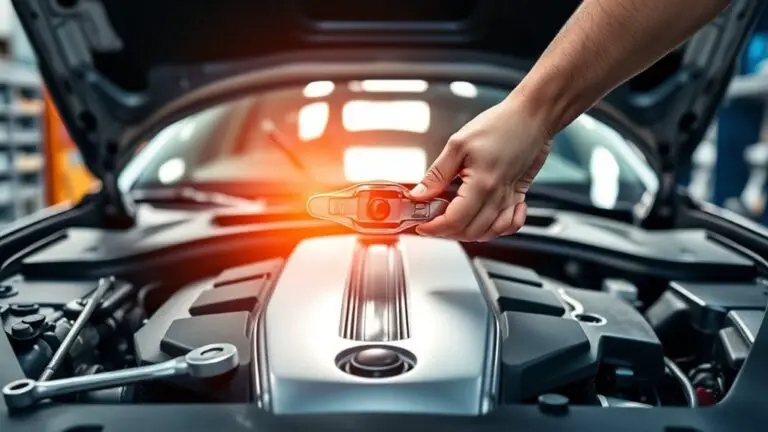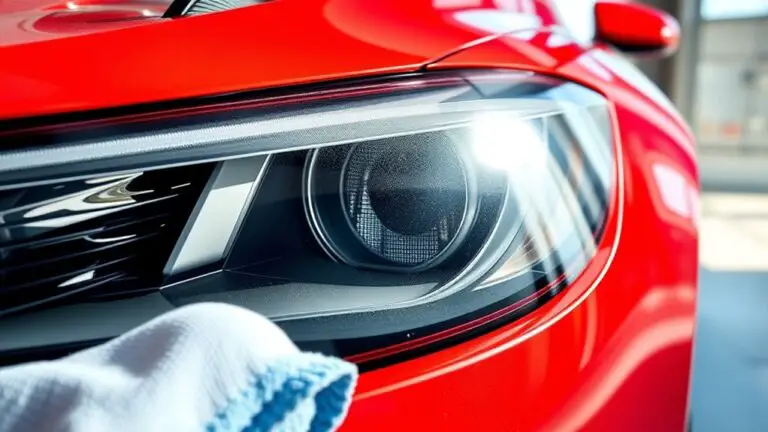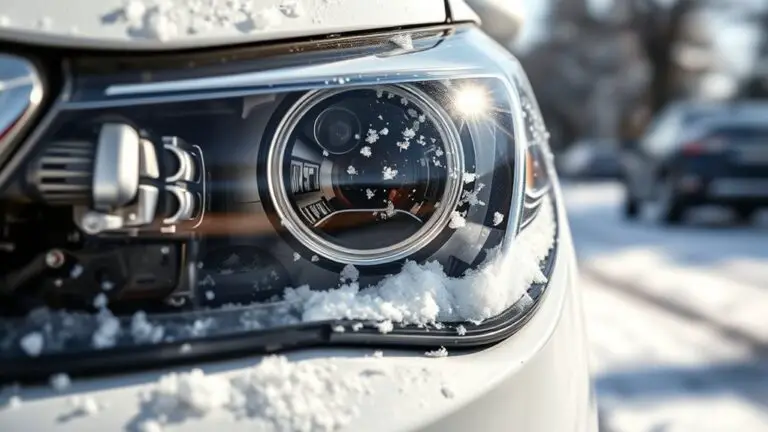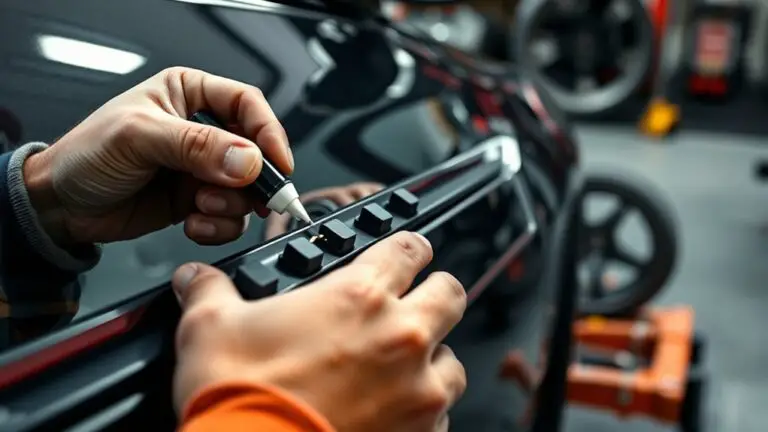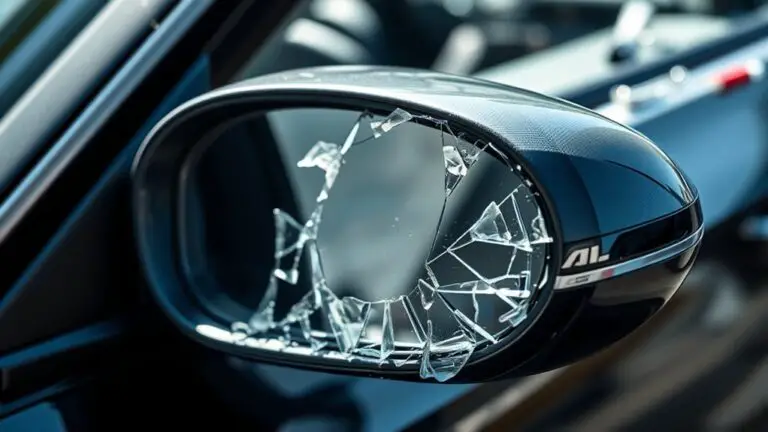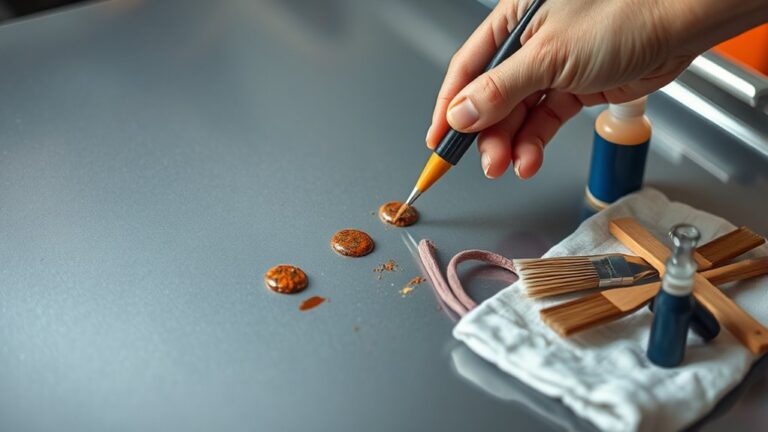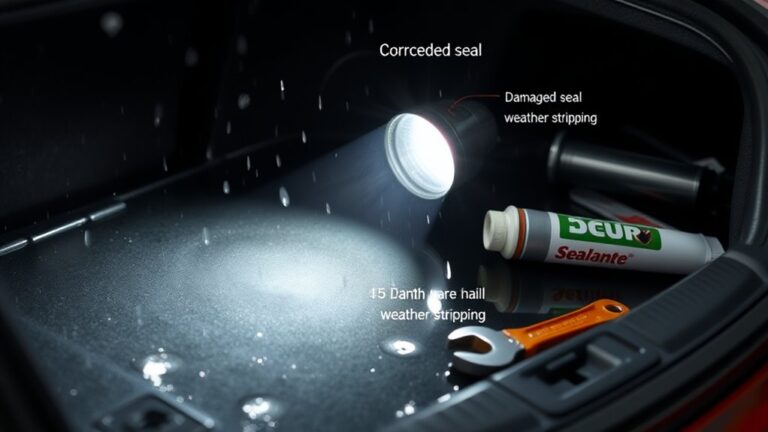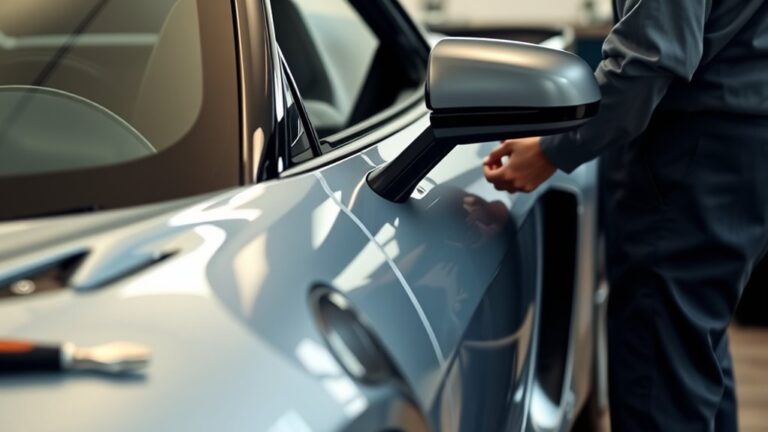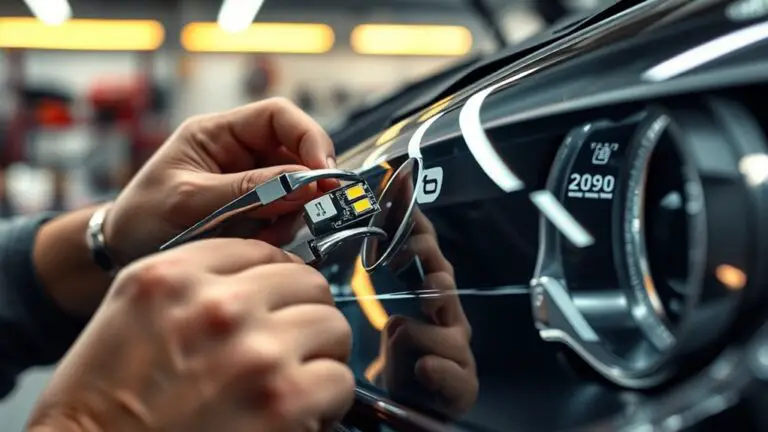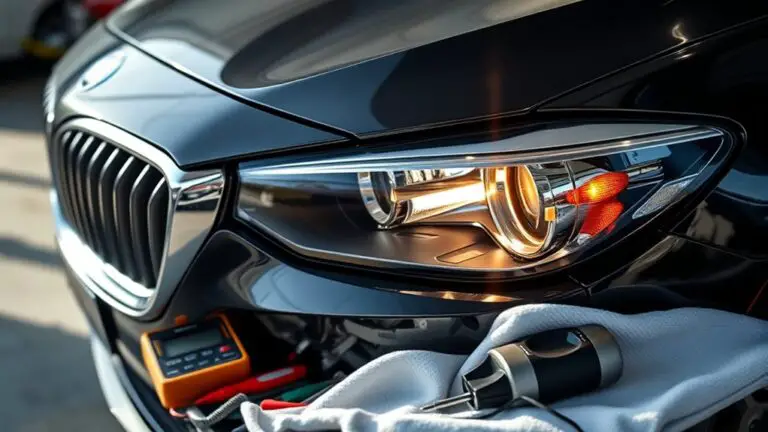Step-By-Step: Replacing a Broken Hood Latch
To replace a broken hood latch, start by diagnosing the issue with both interior and exterior releases, and inspect the latch, cable, and brackets for rust, wear, or misalignment. Gather a metric toolkit, lubricant, and safety gear, then disconnect the battery if needed. Remove the old latch, compare the new part for fit, and install…

